Collection
Jorge Marçal da Silva captured the first image on August 12, 1906, in the garden of his house in Lisbon, portraying a familiar environment spent in the middle of a Sunday afternoon. This photograph of his wife and still only daughter was followed by hundreds more, in different formats, the most recurrent being stereoscopic (Verascope), which he began using on February 28, 1909 and for about 20 years. We know from some of his images that it was in his house where he developed the glass plates and that was where he probably confirmed or printed them on paper.
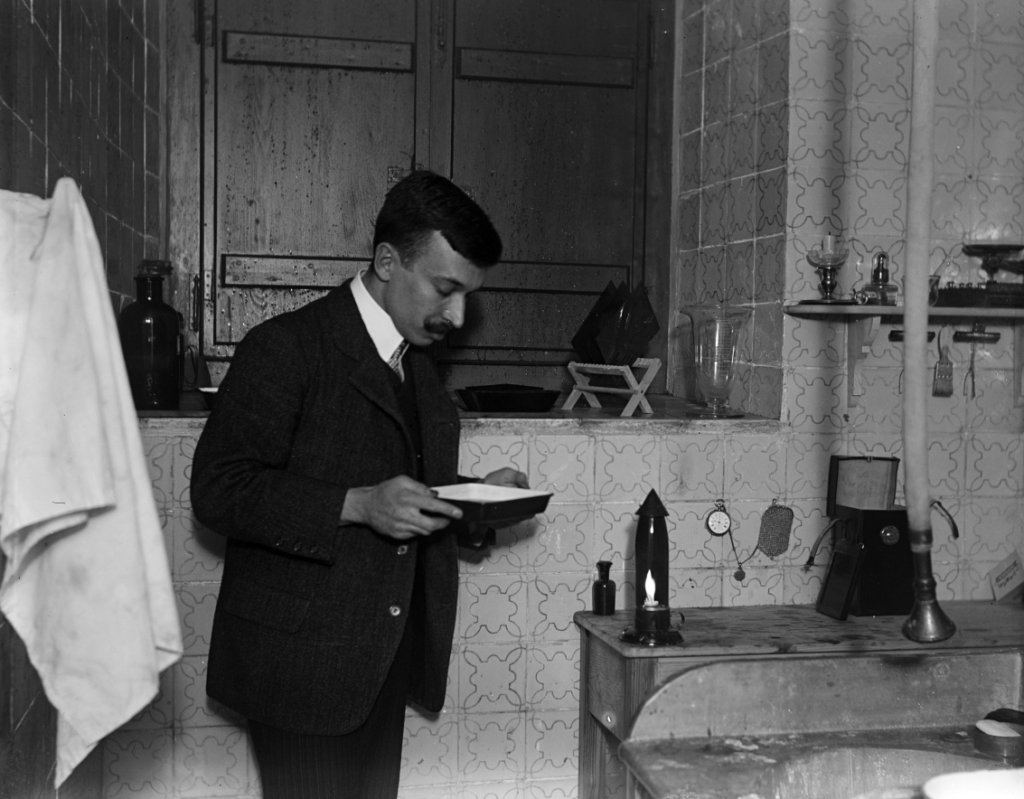
After his death in 1929, the set remained in the family’s possession, initially remaining in Lisbon, and later transferred to the family home in northern Portugal.
On the initiative of his grandson, dr. Manuel Mendes Silva, on behalf of the family, made the first contacts in 2014 for the donation to the Lisbon City Council.
In 2016, a part of the estate was formally donated to Lisbon City Hall and transferred to the Lisbon Municipal Archive-Photographic, where it began to be processed.
There are 3175 images in various supports and formats (see table below), mostly gelatin and silver stereoscopic negatives in Verascope format glass (4,3 x 10,5 cm), wooden and cardboard packaging boxes, two small cabinets of 4 drawers, as well as a set of five registration books and one notebook, trademark leaflets and two paper masks.
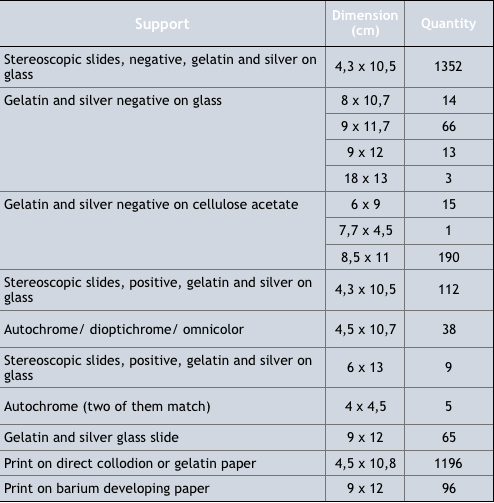
This was followed in the same year by the deposit of a archival cabinet and its contents of 991 gelatin and silver stereoscopic positives in Verascope format glass. In 2019, a taxiphote and 211 glass positives included in the compartment, a notebook (catalog or thematic index of the chassis) and a projector also used as an enlarger were also deposited.

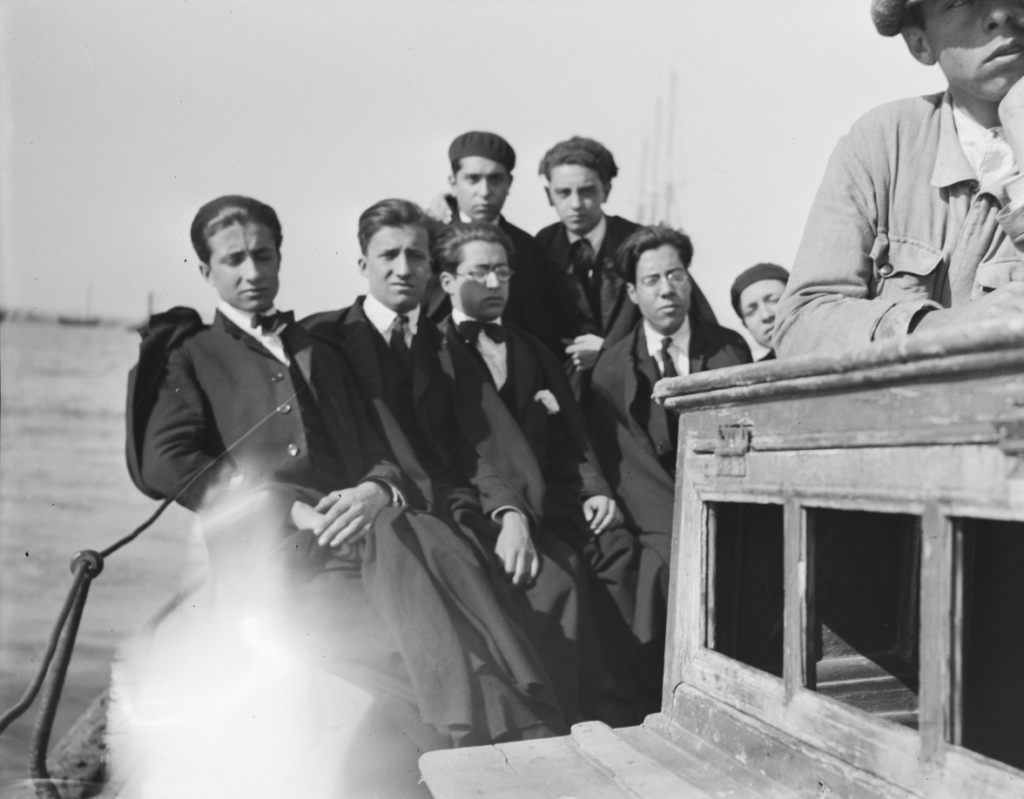
During the archival processing, it was possible to retrieve the information registered in the author’s books, regarding the subject and date, for the copies that contain inscriptions corresponding to the sequential number written by the author himself. With the death of Jorge Marçal da Silva, some copies remained unidentified in the books.
In the absence of inscriptions in the copies and in the register books, the comparison between images remained to identify the places, people (throughout their aging process) and the date of capture. The positive glasses, with richer inscriptions, most of them kept in the taxiphoto and in the closet, provided more information.
The comparison of inscriptions, images, supports and formats revealed some technical practices of laboratory work, moving the image to different supports, reframing, enlarging, among others.
We can verify, through the comparative analysis of the images and inscriptions, that Jorge Marçal da Silva started from the gelatin and silver negatives in glass, in Verascope format, to make the prints on direct collodion or gelatin paper, and the gelatin and silver slides in glass of the same shape (in some circular or rectangular masks were used).
The same relationship was established between gelatin and silver negatives on glass (8×10,7cm, 9×11,7cm or 9x12cm), gelatin and silver on glass slides (9x12cm) and prints on barium developing paper (9x12cm). We recorded the magnification/reframing of images, for negatives of the same format and support (ex JMS001535 and JMS001580), which in turn were positive (ex JMS001564).
In other situations, we verified the use of the same images in gelatin and silver on glass slides (9x12cm), cellulose acetate negatives (8,5x11cm), gelatin and silver on glass negatives (9x12cm) and in prints on barium developing paper (9x12cm). In some of these prints, circular and oval masks were used.
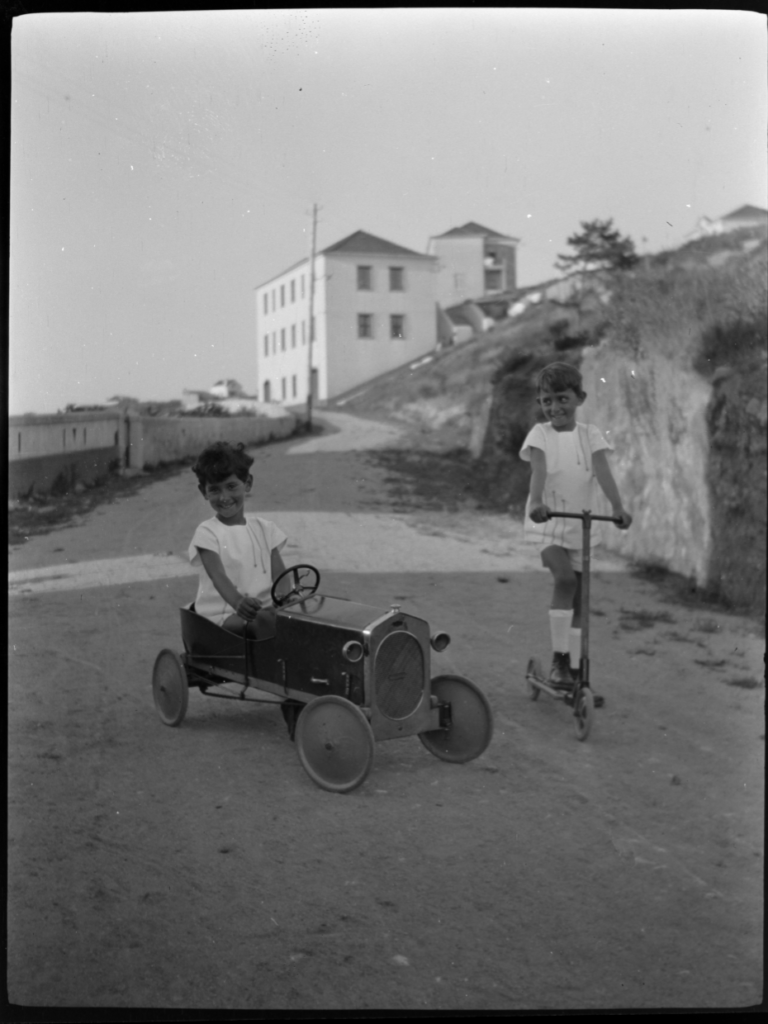
The archival treatment of this collection gives access to images that photographer Jorge Marçal da Silva worked to be seen by his closest people, and also reveals those that he will have rejected in the work process, thus enabling an approximation to his sensitivity as an photographer.
Organization
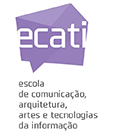
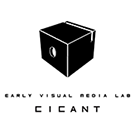
Partners



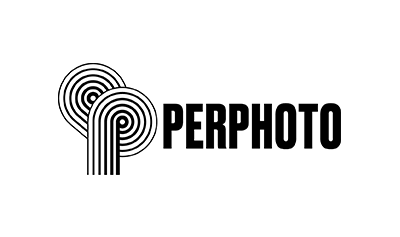

Campo Grande, 376, 1749 - 024 Lisboa | Tel.: 217 515 500 | Fax: 21 757 7006
Copyright © 2021 COFAC. Todos os direitos reservados. Gestão de conteúdos por Producao Multimédia
